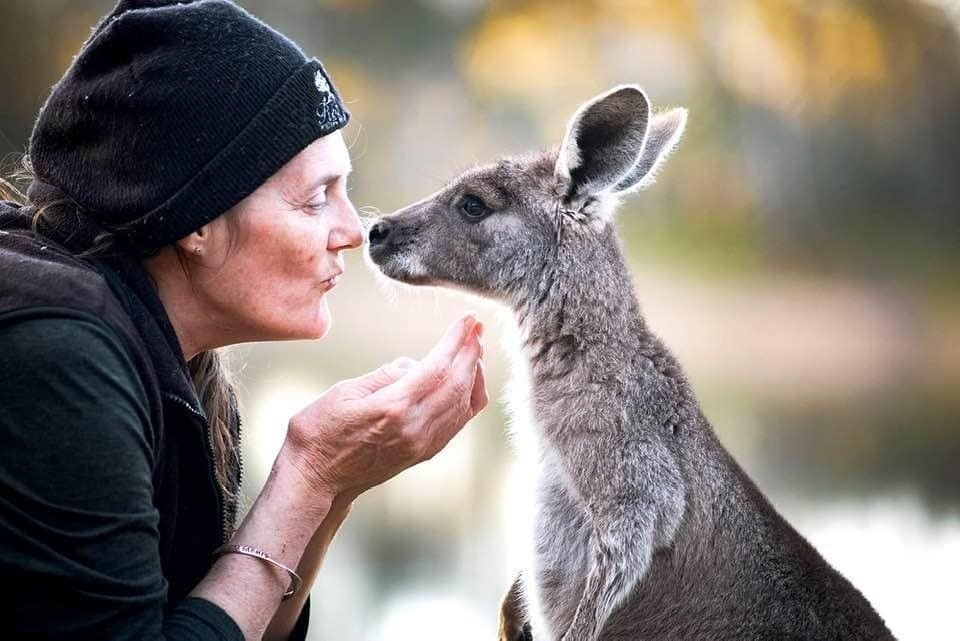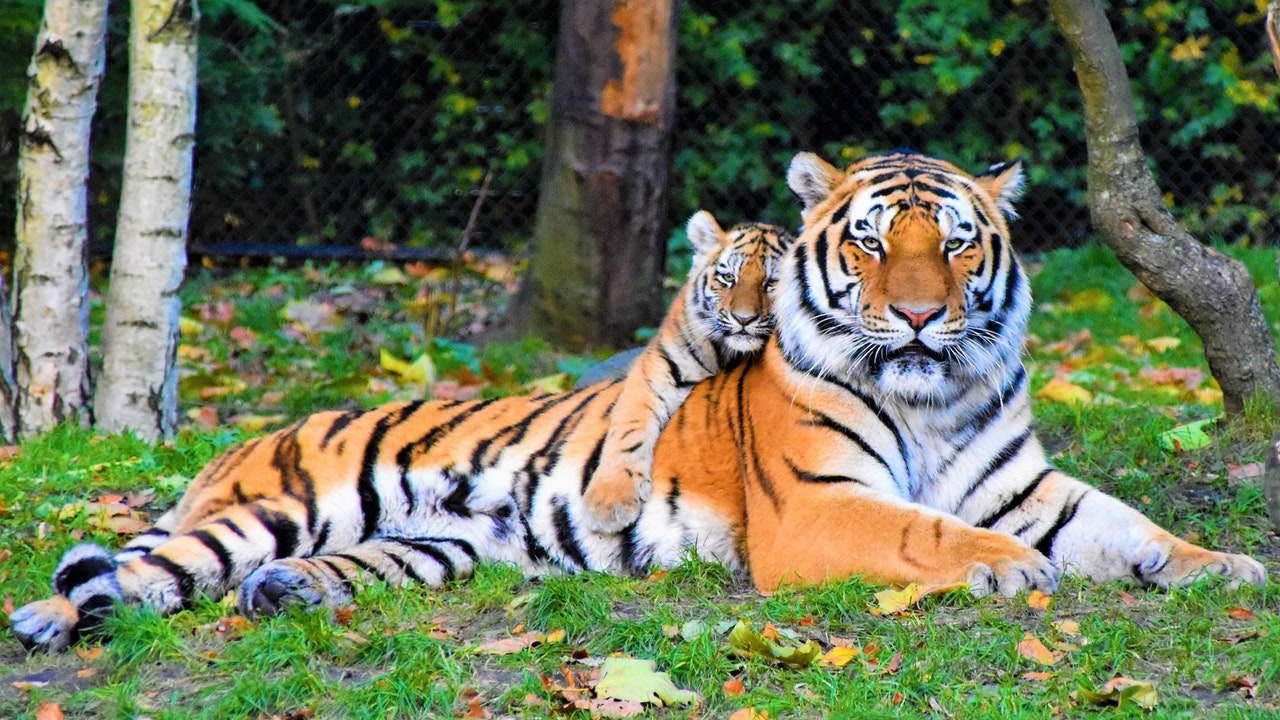At 6:30 AM on a crisp Melbourne morning, Sarah receives a call that would test everything she’d learned in her animal care course. A concerned resident had found an injured echidna by the roadside, its spines matted with blood and breathing laboured. For most people, this would be a moment of panic – but Sarah’s wildlife rescue training kicked in immediately.
The first 24 hours after a wildlife emergency are absolutely critical. During this golden window, proper first aid can mean the difference between life and death for Australia’s native animals. Yet most Australians, despite their love for wildlife, lack the fundamental knowledge needed to help injured animals effectively.

Why Wildlife First Aid Knowledge Matters More Than Ever
Australia’s unique ecosystem faces unprecedented challenges. Urban expansion, climate change, and increased vehicle traffic have created a perfect storm for wildlife emergencies. According to recent wildlife rescue statistics, over 300,000 native animals require emergency intervention annually across Australia. Many of these cases could have better outcomes with proper immediate care.
The reality is sobering: without appropriate first aid knowledge, well-meaning rescuers can inadvertently cause more harm than good. Stressed wildlife can injure themselves further, develop shock, or suffer from improper handling techniques. This is precisely why comprehensive training through an animal care course has become essential for anyone serious about wildlife rescue.
Understanding the Wildlife Emergency Response Framework
Professional wildlife rescue follows a systematic approach that begins the moment an injured animal is discovered. The first assessment involves the “3 S’s”: Safety, Stabilization, and Shelter. This framework, taught extensively in animal care course curricula, ensures both human and animal safety while maximizing rescue success rates.
Safety assessment involves evaluating the immediate environment for ongoing threats. Is the animal still near traffic? Are there predators in the area? Is the rescuer equipped with proper protective gear? These questions must be answered before any intervention begins.
Stabilization focuses on addressing immediate life-threatening conditions. This might involve controlling bleeding, managing shock, or providing emergency respiratory support. The techniques vary dramatically between species – what works for a possum may be completely inappropriate for a bird of prey.
Shelter consideration involves creating a safe, quiet environment where the animal can recover from initial trauma while awaiting professional veterinary care. This temporary housing must account for species-specific needs, stress reduction, and containment security.
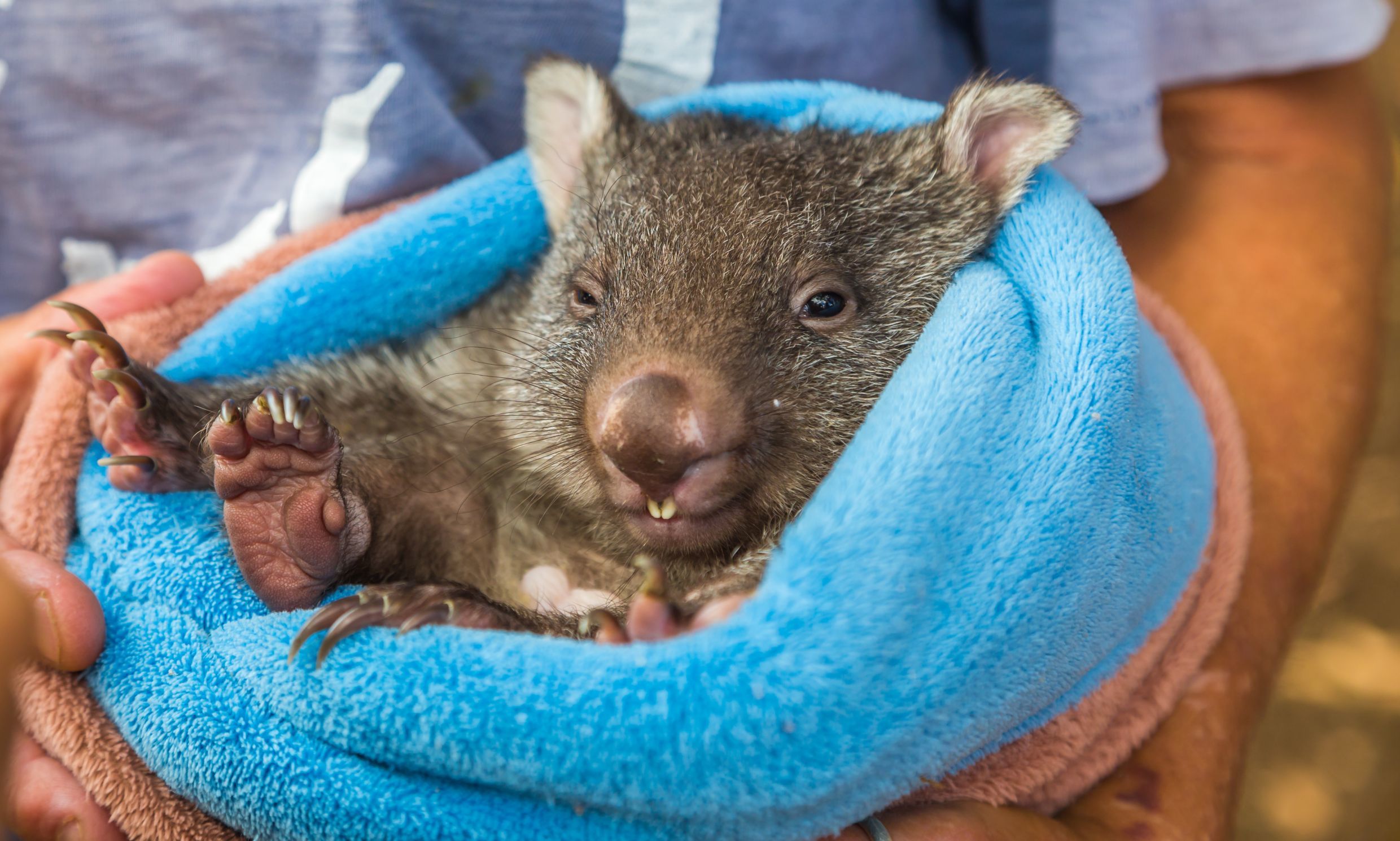
Species-Specific First Aid Protocols
Marsupials: The Pouch Consideration
When dealing with injured marsupials like kangaroos, wallabies, or possums, first responders must always check for pouch young. A female marsupial may appear deceased but still have a living joey in her pouch. Proper pouch examination techniques, covered extensively in animal care course training, can save these vulnerable infants.
Temperature regulation is critical for marsupials. Their metabolic systems are highly sensitive to temperature fluctuations, making hypothermia a significant risk. Emergency warming techniques must be applied gradually and monitored carefully to prevent additional stress.
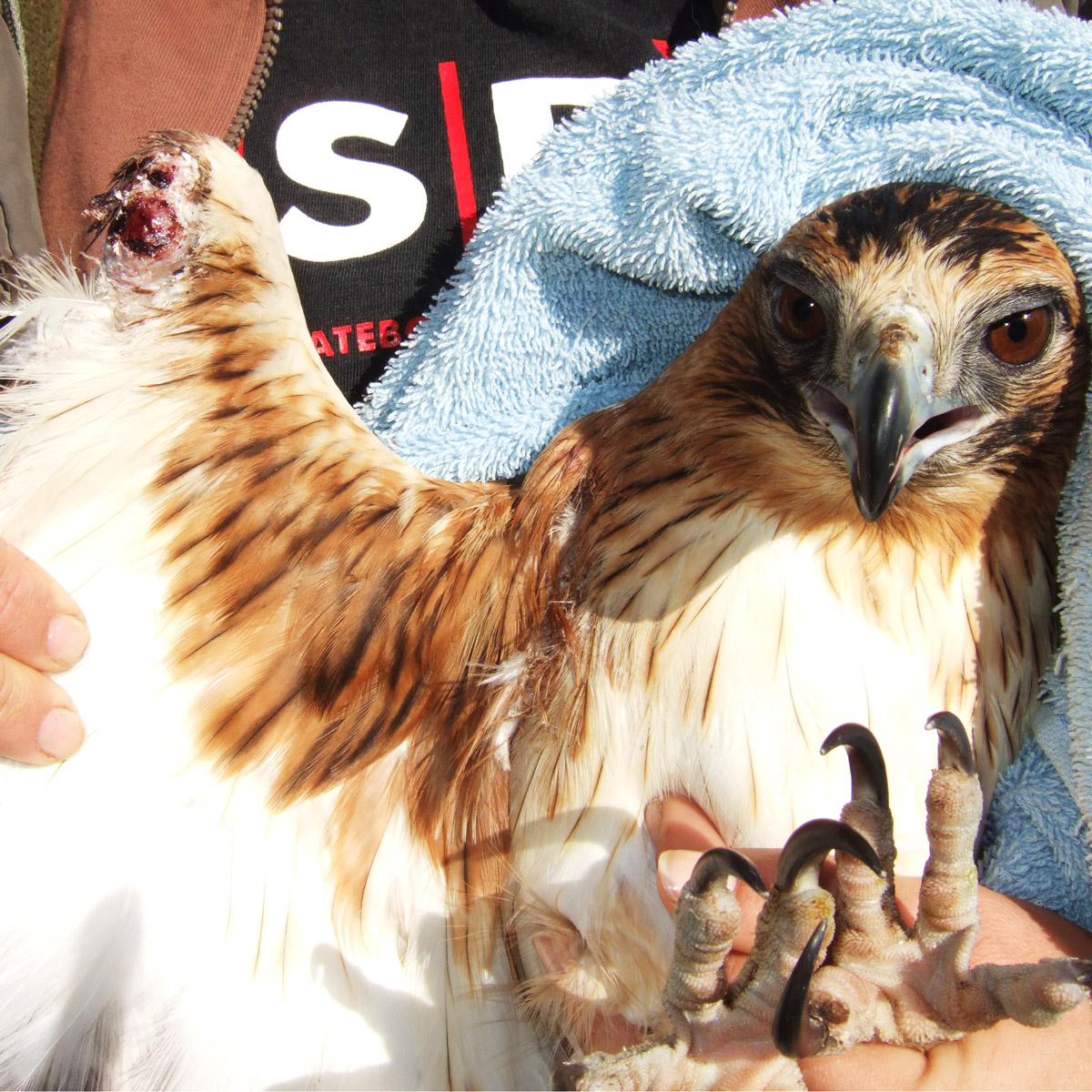
Birds: Respiratory and Trauma Considerations
Avian first aid requires understanding of unique respiratory anatomy. Birds have a highly efficient respiratory system that’s also extremely vulnerable to stress and injury. Improper handling can quickly lead to respiratory distress or cardiac arrest.
Wing fractures are common in bird rescues, but splinting techniques must be species-appropriate. A cockatoo requires different immobilization methods than a kookaburra or magpie. These nuanced approaches are fundamental components of professional animal care course curricula.
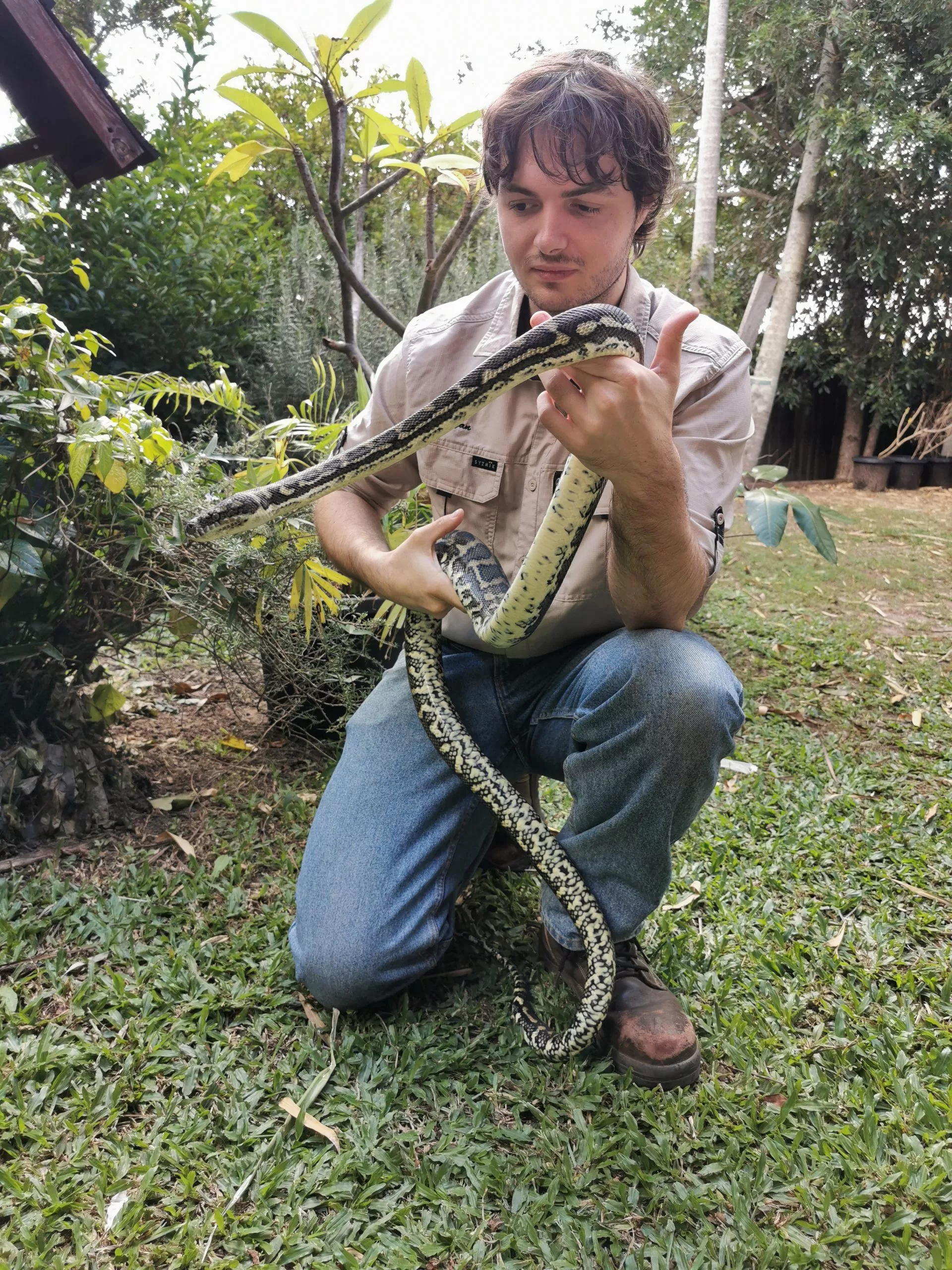
Reptiles: Temperature and Handling Protocols
Australia’s reptile species present unique first aid challenges. Their ectothermic nature means temperature management is crucial for survival. Cold-stressed reptiles may appear deceased when they’re actually in a state of torpor.
Handling techniques for venomous versus non-venomous species require specialized knowledge. Even non-venomous reptiles can inflict serious injuries if handled improperly. Professional training teaches recognition techniques and safe handling methods for various species.
The Psychological Aspect of Wildlife Rescue
What many people don’t realize is that wildlife rescue isn’t just about physical first aid – it’s about understanding animal psychology and stress responses. Captured wildlife experiences extreme stress that can be as life-threatening as physical injuries.
Stress reduction techniques form a core component of any comprehensive animal care course. Students learn to recognize stress indicators across different species and implement environmental modifications that promote calm and recovery. This might involve adjusting lighting, reducing noise, or providing appropriate hiding spaces.
The concept of “gentle restraint” is particularly important. Animals must be contained for their safety and that of their rescuers, but the methods used can either reduce or exacerbate stress levels. Professional training teaches techniques that provide necessary control while minimizing psychological trauma.
Essential Equipment and Preparation
Effective wildlife first aid requires proper equipment and preparation. A basic wildlife rescue kit should include species-appropriate carriers, protective gloves, emergency blankets, wound cleaning supplies, and emergency contact information for local wildlife veterinarians.
However, equipment is only as effective as the person using it. An animal care course provides hands-on training with rescue equipment, teaching students how to safely deploy carriers, apply emergency first aid supplies, and recognize when professional veterinary intervention is required.
When to Intervene vs. When to Observe
One of the most challenging aspects of wildlife rescue is determining when intervention is necessary. Many situations that appear dire to untrained observers are actually normal animal behaviours. A young bird on the ground may be learning to fly, not abandoned. A possum moving slowly during daylight hours may be relocating, not injured.
Professional training teaches critical assessment skills that differentiate between emergencies requiring immediate intervention and situations where observation is more appropriate. These judgment calls require extensive knowledge of normal animal behaviour patterns and lifecycle stages.

Building Your Wildlife Rescue Skills
The difference between panic and confident action in wildlife emergencies comes down to preparation and training. An animal care course provides the comprehensive foundation needed to respond effectively to wildlife emergencies while ensuring both human and animal safety.
Students learn not just the technical skills of first aid and animal handling, but also the broader context of wildlife conservation, legal requirements, and professional networking within the rescue community. This holistic approach creates competent rescuers who understand their role within the larger wildlife conservation ecosystem.
Whether you’re a concerned citizen who wants to help injured wildlife or someone considering a career in animal rescue, proper training transforms good intentions into effective action. In those critical first 24 hours, your knowledge and preparedness can literally mean the difference between life and death for Australia’s incredible native wildlife.
The echidna Sarah rescued that morning made a full recovery, thanks to proper first aid techniques and immediate professional veterinary care. Her story illustrates how comprehensive animal care course training creates confident, capable wildlife rescuers who can rise to meet any emergency. In a world where wildlife faces increasing challenges, this knowledge has never been more valuable.
If you’re interested in learning more about Animal Care Courses and how you can forge a career in Wildlife Rescue, Animal Care or other similar industries, check out our courses via this link below.
